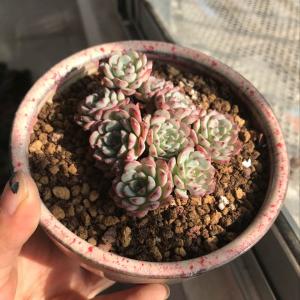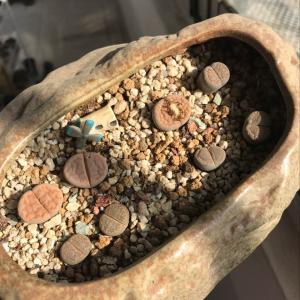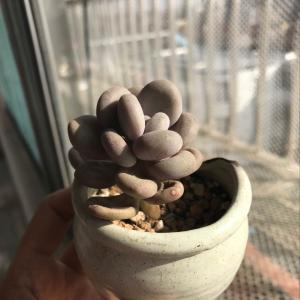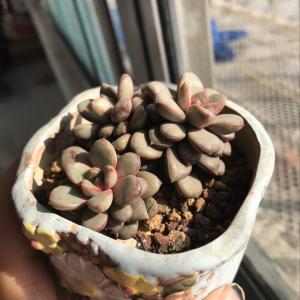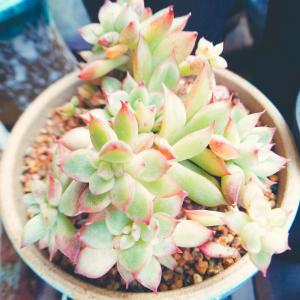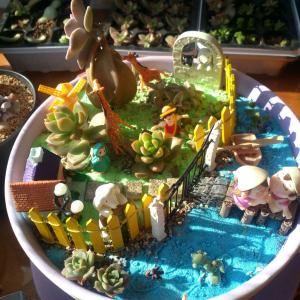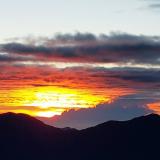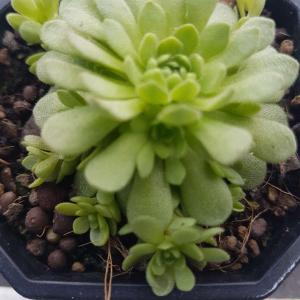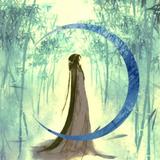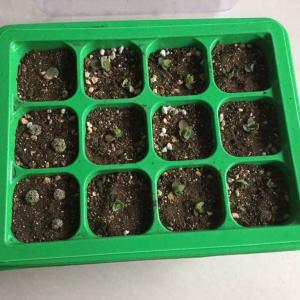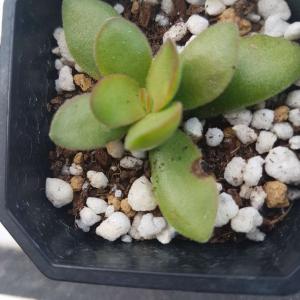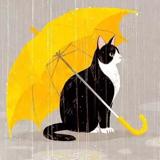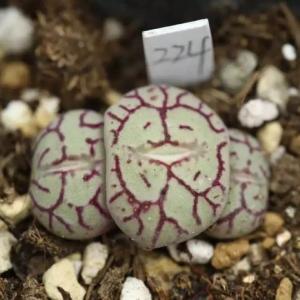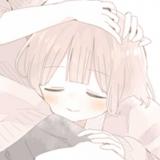文章
Miss Chen
2017年12月26日

Description: This herbaceous perennial plant is ½–3' tall, producing one or more stems that are unbranched, except at their apices, where the inflorescences occur. Each stem is light green, terete, glabrous, and sometimes glaucous (rarely it is pubescent). Alternate leaves occur along the entire length of each stem, except at the apex underneath an inflorescence, where the uppermost leaves occur in a whorl of 3 or more. They are widely spreading to ascending. Individual leaves are up to 2½" long and ½" across; they are linear-oblong to oblong in shape and their margins are entire (toothless). The tips of these leaves are blunt, while their bases are sessile or nearly so. The upper and lower leaf surfaces are light gray-green to medium green and glabrous (rarely the lower leaf surface is pubescent). Leaf venation is pinnate with prominent central veins. The foliage of this plant contains a toxic white latex.
Each mature stem terminates in a panicle of flowers up to ¾' long and 1' across. This panicle is somewhat flat-headed and it has an open airy appearance. Individual flowers span about ¼" across (including their petaloid bracts). Each flower has a tiny cup-like cyathium containing the reproductive organs, 5 white petaloid bracts, and 5 green glandular appendages at the bases of these bracts. Because Flowering Spurge is monoecious, separate male (staminate) and female (pistillate) flowers are produced on the same plant. Each male flower has several stamens, while each female flower has an ovary with a tripartite style. The petaloid bracts are obovate in shape; sometimes they are slightly notched at their tips. The branches and pedicels of the inflorescence are light green, glabrous, and terete; pairs of small leafy bracts up to ½" long occur at the bases of pedicels and where the branches divide. The blooming period occurs from early summer to early autumn, lasting about 1-2 months for a colony of plants. There is no floral fragrance. During this time, an entire plant may lean to one side because of the weight of its inflorescence. Afterwards, the female flowers are replaced by 3-celled capsules of seeds that are 3-4 mm. long, globoid, and 3-lobed in shape; there is one seed for each cell of a capsule. At maturity, these capsules split open to eject their seeds. The seeds are 2-3 mm. long, ovoid-obovoid in shape, and finely mottled. The root system consists of a taproot that becomes woody with age.

Cultivation: The preference is full sun and mesic to dry conditions. This plant will tolerate almost any kind of soil, including those that contain loam, clay, sand, gravel, or rocky material. Poor soil is actually preferred because of the reduction in competition from other plants. Drought resistance is excellent and disease is rarely a problem when the soil is well-drained.
Range & Habitat: The native Flowering Spurge occurs in every county of Illinois (see Distribution Map), where it is common. Habitats include black soil prairies, clay prairies, sand prairies, gravel prairies, dolomite prairies, various kinds of hill prairies, openings in rocky upland woodlands, opening in sandy upland woodlands, typical savannas and sandy savannas, thinly wooded bluffs, limestone glades, stabilized sand dunes, roadsides, areas along railroads, mined land, and agricultural land in various stages of abandonment or neglect. Flowering Spurge can be found in either disturbed areas or high quality natural areas.
Faunal Associations: The pollen and nectar of the flowers attract Halictid bees, masked bees (Hylaeus spp.), Crabronid wasps (Oxybelus spp. & others), paper wasps (Polistes spp.), the Five-banded Tiphiid Wasp (Myzinum quinquecinctum), Sphecid wasps, cuckoo wasps (Chrysididae), Syrphid flies, bee flies (Exoprosopa spp. & others), Tachinid flies, flesh flies (Sarcophagidae), Muscid flies, and small butterflies, including the endangered Karner Blue (Lycaeides melissa samulelis); see Robertson (1929) and others. Other insects feed on the sap, foliage, and other parts of Flowering Spurge. These species include the Euphorbia Bug (Chariesterus antennator), a flea beetle (Glyptina bicolor), and a monophagous aphid (Aphis pulchella); see Vestal (1913), Clark et al. (2004), and Hottes & Frison (1931). The polyphagous Potato Aphid (Macrosiphum euphorbiae) also feeds on spurges (Euphorbia spp.). The seeds are an attractive source of food to some birds, including the Wild Turkey, Greater Prairie Chicken, Bobwhite Quail, Mourning Dove, and Horned Lark (Martin et al., 1951/1961). Flowering Spurge is rarely eaten by mammalian herbivores because of the toxic white latex in its foliage.
Photographic Location: A remnant prairie along an abandoned railroad in Urbana, Illinois.
Comments: The typical variety of Flowering Spurge (Euphorbia corollata) has glabrous foliage, but there is an uncommon variety of this plant (var. mollis) with pubescent stems and pubescent leaf undersides. While the foliage is normally some shade of green, during the autumn it often becomes an attractive reddish color. For a species of the Spurge family (Euphorbiaceae), Flowering Spurge is more showy than most because of its relatively large inflorescence and the white petaloid bracts of its flowers. The flowers of most spurges in Illinois, whether native or naturalized, have either green to yellowish green floral bracts, or their floral bracts are tiny and easily overlooked.
Each mature stem terminates in a panicle of flowers up to ¾' long and 1' across. This panicle is somewhat flat-headed and it has an open airy appearance. Individual flowers span about ¼" across (including their petaloid bracts). Each flower has a tiny cup-like cyathium containing the reproductive organs, 5 white petaloid bracts, and 5 green glandular appendages at the bases of these bracts. Because Flowering Spurge is monoecious, separate male (staminate) and female (pistillate) flowers are produced on the same plant. Each male flower has several stamens, while each female flower has an ovary with a tripartite style. The petaloid bracts are obovate in shape; sometimes they are slightly notched at their tips. The branches and pedicels of the inflorescence are light green, glabrous, and terete; pairs of small leafy bracts up to ½" long occur at the bases of pedicels and where the branches divide. The blooming period occurs from early summer to early autumn, lasting about 1-2 months for a colony of plants. There is no floral fragrance. During this time, an entire plant may lean to one side because of the weight of its inflorescence. Afterwards, the female flowers are replaced by 3-celled capsules of seeds that are 3-4 mm. long, globoid, and 3-lobed in shape; there is one seed for each cell of a capsule. At maturity, these capsules split open to eject their seeds. The seeds are 2-3 mm. long, ovoid-obovoid in shape, and finely mottled. The root system consists of a taproot that becomes woody with age.

Cultivation: The preference is full sun and mesic to dry conditions. This plant will tolerate almost any kind of soil, including those that contain loam, clay, sand, gravel, or rocky material. Poor soil is actually preferred because of the reduction in competition from other plants. Drought resistance is excellent and disease is rarely a problem when the soil is well-drained.
Range & Habitat: The native Flowering Spurge occurs in every county of Illinois (see Distribution Map), where it is common. Habitats include black soil prairies, clay prairies, sand prairies, gravel prairies, dolomite prairies, various kinds of hill prairies, openings in rocky upland woodlands, opening in sandy upland woodlands, typical savannas and sandy savannas, thinly wooded bluffs, limestone glades, stabilized sand dunes, roadsides, areas along railroads, mined land, and agricultural land in various stages of abandonment or neglect. Flowering Spurge can be found in either disturbed areas or high quality natural areas.
Faunal Associations: The pollen and nectar of the flowers attract Halictid bees, masked bees (Hylaeus spp.), Crabronid wasps (Oxybelus spp. & others), paper wasps (Polistes spp.), the Five-banded Tiphiid Wasp (Myzinum quinquecinctum), Sphecid wasps, cuckoo wasps (Chrysididae), Syrphid flies, bee flies (Exoprosopa spp. & others), Tachinid flies, flesh flies (Sarcophagidae), Muscid flies, and small butterflies, including the endangered Karner Blue (Lycaeides melissa samulelis); see Robertson (1929) and others. Other insects feed on the sap, foliage, and other parts of Flowering Spurge. These species include the Euphorbia Bug (Chariesterus antennator), a flea beetle (Glyptina bicolor), and a monophagous aphid (Aphis pulchella); see Vestal (1913), Clark et al. (2004), and Hottes & Frison (1931). The polyphagous Potato Aphid (Macrosiphum euphorbiae) also feeds on spurges (Euphorbia spp.). The seeds are an attractive source of food to some birds, including the Wild Turkey, Greater Prairie Chicken, Bobwhite Quail, Mourning Dove, and Horned Lark (Martin et al., 1951/1961). Flowering Spurge is rarely eaten by mammalian herbivores because of the toxic white latex in its foliage.
Photographic Location: A remnant prairie along an abandoned railroad in Urbana, Illinois.
Comments: The typical variety of Flowering Spurge (Euphorbia corollata) has glabrous foliage, but there is an uncommon variety of this plant (var. mollis) with pubescent stems and pubescent leaf undersides. While the foliage is normally some shade of green, during the autumn it often becomes an attractive reddish color. For a species of the Spurge family (Euphorbiaceae), Flowering Spurge is more showy than most because of its relatively large inflorescence and the white petaloid bracts of its flowers. The flowers of most spurges in Illinois, whether native or naturalized, have either green to yellowish green floral bracts, or their floral bracts are tiny and easily overlooked.
0
0



